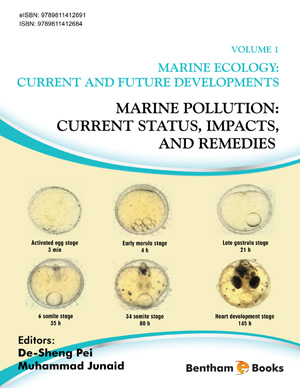Abstract
Measuring biodiversity has been a challenge in valuing and developing quantitative indicators for its management and conservation. The faunal and floral species diversity and richness makes the south west of India one of the hot spots of biodiversity as well as an area of important multispecies fisheries. Among the 118 species of sea weeds reported, majority belong to the family Rhodomelaceae (13), followed by Caulerpaceae (10), Cladophoraceae (6), Ulvaceae (5), Dictyotaceae (5). A total of 730 molluscan species were enlisted from southwest coast which include 515 species of gastropods, 171 species of bivalves, 28 species of cephalopods and 14 species of scaphopods. Crustacean diversity is shown by the presence of 218 species including 152 species of crabs, 57 species of shrimps and 9 species of lobsters. 950 fish species occur along the coast of which 800 species are landed in commercial fishery. Total fish landings from the area were about 1.187 million tonnes. Marine fish landings from Kerala was 7.43 lakh tonnes of which more than 50% was contributed by oil sardine, mackerel, threadfin breams, carangids and penaeid prawns. Out of the 21871 fishing crafts along Kerala coast 3768 are trawlers, 60 purse seiners, 460 gillnetters and 495 ring seiners. The value estimated for the ecosystem services and natural capital of Kerala coast is of US $ 1660-1930 billion per year from an area of 260101 km2 which includes brackish water, estuaries and Open Ocean.
Keywords: Biodiversity indicators, biodiversity valuation, bio-resources, Kerala coast, southwest coast.









